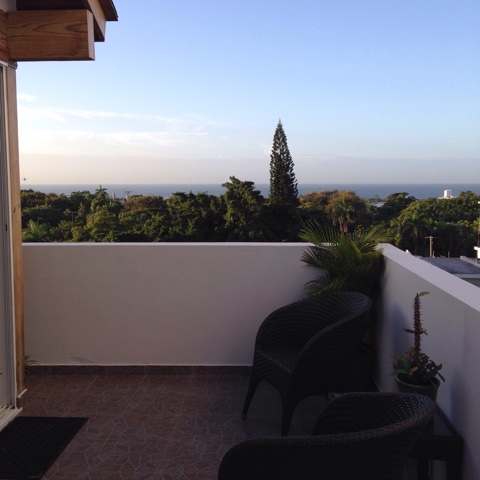simple design
In February of 1948, the JNEMA selected Finnish Architect, Eero Saarinen's design for a monument to America's westward expansion. Saarinen studied the world's most famous monuments and from their design concluded that "an absolutely simple shape" should have "significance and dignity" throughout time (reference to history displayed upon a wall at the monument). His arch was chosen over more elaborate entries. And yet, Saarinen wasn't satisfied. He would present many more designs before settling specifically on a catenary arch, which is as high as it is wide. The process of the arch design was more interesting than I ever realized.
His constant revision led to perfecting something that could be enjoyed for all time, or at least for a millenium. Sarrinen would not be alive to see its finish in 1965. So why a cartenary arch? Why do people need monuments? Do they project myth greater than meaning? How do monuments created all of the world stand the test of time? The Great Wall of China was not meant to be a monument but has become a world heritage site of great significance. What does it say about a people who intentionally build something as a statement for the future and a tribute to their past?
We were able to take the well preserved, antiquated elevator to the top and look out at the Mississippi, the journey behind us. We were able to walk the park late into the evening and watch all kinds of people milling and playing, drawn to the area for so many reasons. Leaving St. Louis really made me feel as if I was embarking on a meaningful journey and leaving the East behind me.
Was the cartenary arch the best choice for this monument?
arch lesson what do you think?
readwritethink studies math literacy.
His constant revision led to perfecting something that could be enjoyed for all time, or at least for a millenium. Sarrinen would not be alive to see its finish in 1965. So why a cartenary arch? Why do people need monuments? Do they project myth greater than meaning? How do monuments created all of the world stand the test of time? The Great Wall of China was not meant to be a monument but has become a world heritage site of great significance. What does it say about a people who intentionally build something as a statement for the future and a tribute to their past?
We were able to take the well preserved, antiquated elevator to the top and look out at the Mississippi, the journey behind us. We were able to walk the park late into the evening and watch all kinds of people milling and playing, drawn to the area for so many reasons. Leaving St. Louis really made me feel as if I was embarking on a meaningful journey and leaving the East behind me.
arch lesson what do you think?
readwritethink studies math literacy.




Comments